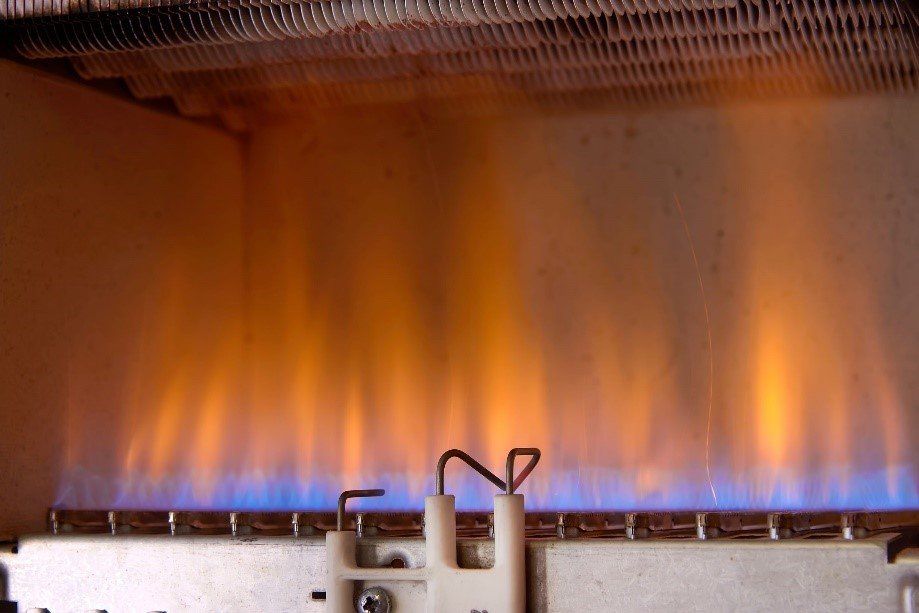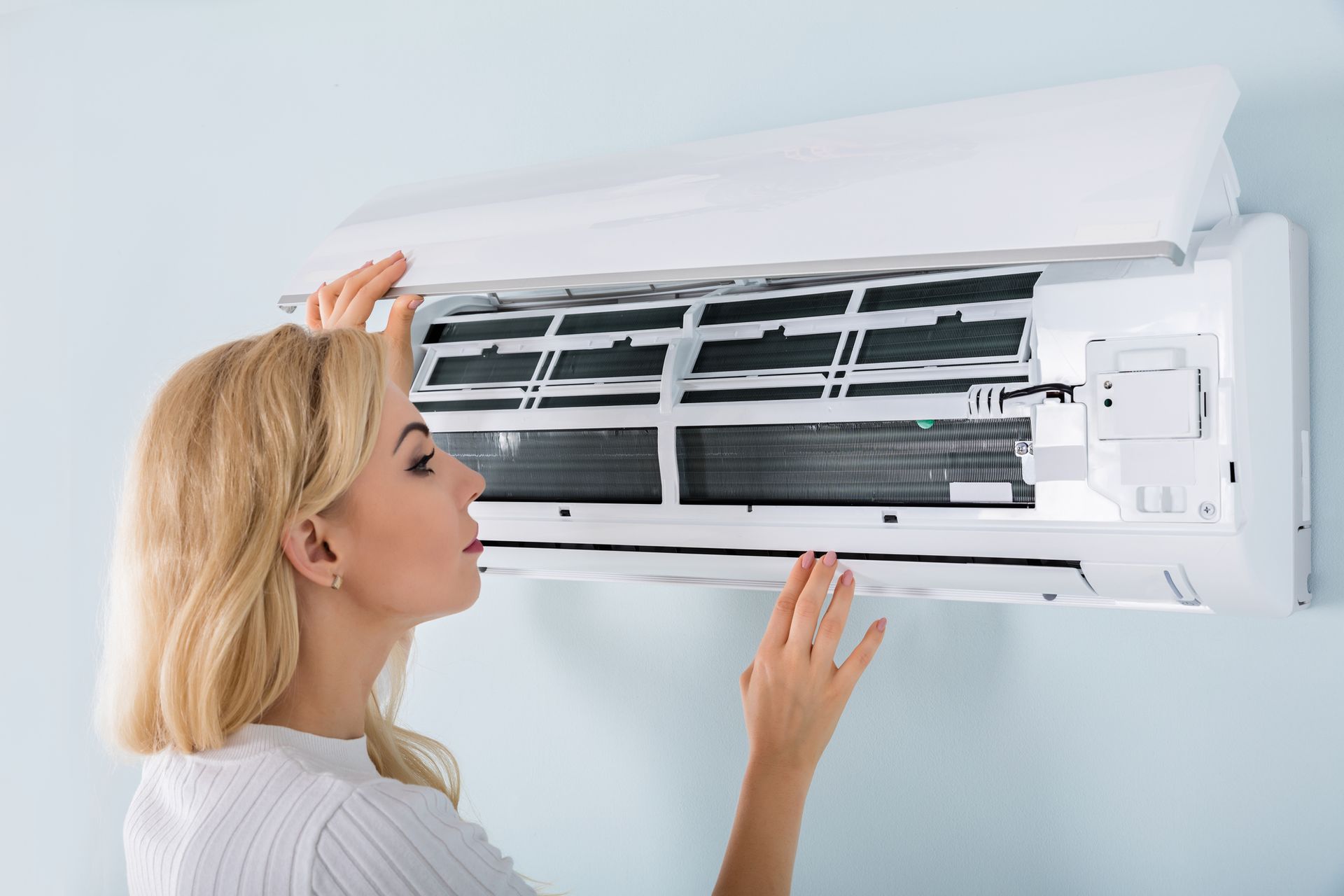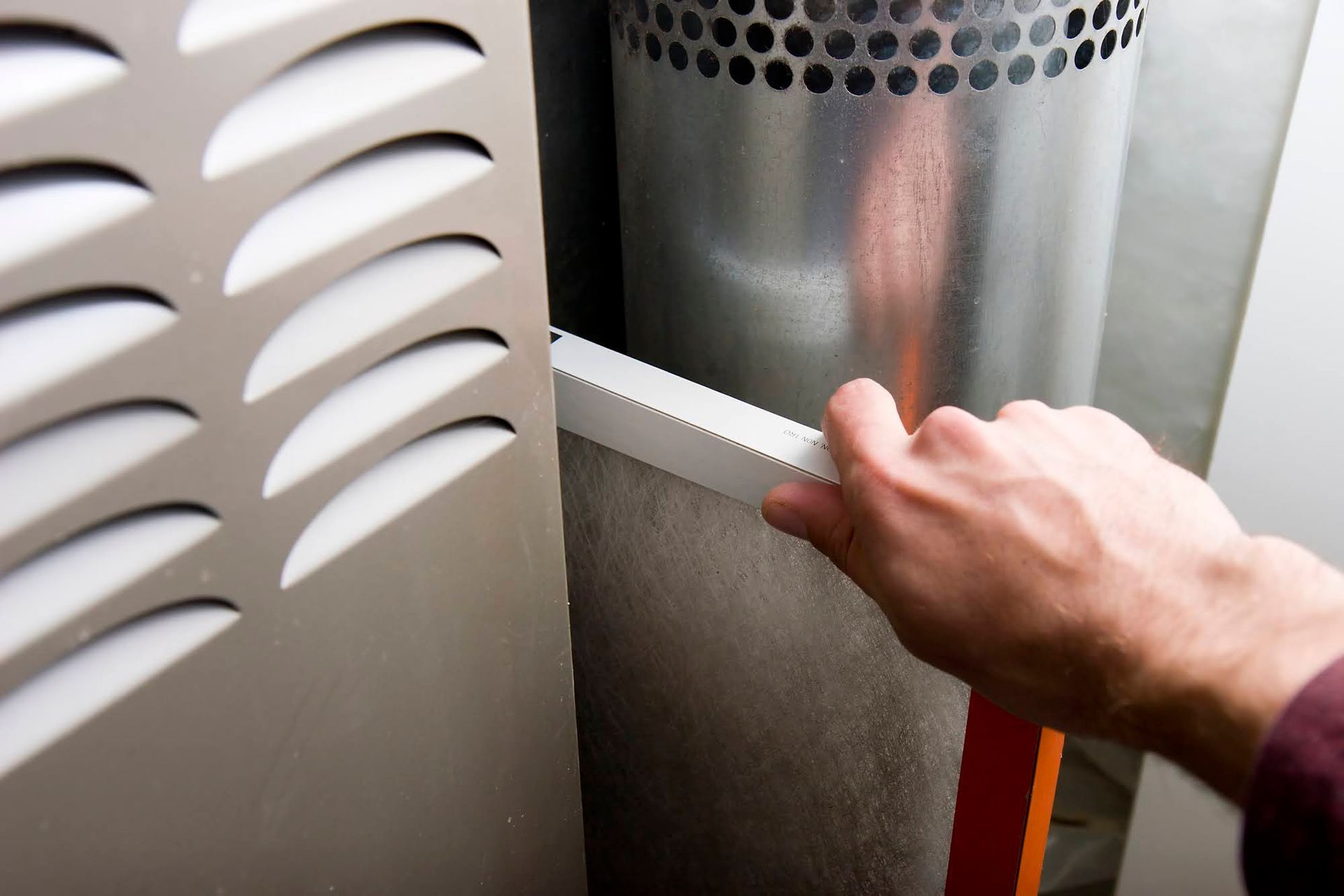An Overview of Gas Furnace Ignition Systems
A strong argument can be made that the ignition system is the most important component of any gas furnace. Even if every other part of your furnace is working flawlessly, you won't get any heat if it can't burn fuel in the first place.
Gas furnaces use a few different ignition systems today. If you understand the differences between them, this will let you know what to expect when your current furnace needs repairs — and it will help you make a more informed decision when you choose a new furnace. Here is an overview of gas furnace ignition systems.
Standing Pilot Light
The standing pilot light was the first ignition method used in furnaces and other fuel-burning appliances. As the name suggests, a standing pilot light remains lit 24/7 as long as the ignitor receives a steady supply of gas. When the furnace starts up, valves open in the heat exchanger and gas ignites as it comes in contact with the standing flame.
Standing pilot lights suffer from a few drawbacks, which inspired the creation of new ignition systems to overcome them. For example, a standing pilot can go out relatively easy, especially if a gap is present in the furnace housing that allows circulating air to reach the inside of the unit. Standing pilot lights are also not very energy-efficient, as the constant use of gas to keep the pilot lit adds up over time.
If your furnace still has a standing pilot light, you may want to consider a furnace upgrade in the near future. Standing pilot lights are rare on furnaces manufactured in the last two decades, so if your system still has one, it could be near the end of its effective life.
Intermittent Pilot Light
The most obvious way to improve the standing pilot light was to find a way to use it only when needed so that you can conserve the fuel previously used to keep it burning constantly. This is the principle behind an electronic intermittent pilot light.
Intermittent pilot lights work by using sensors and a thermocouple to monitor gas ignition and the condition of the pilot light. When your thermostat signals for your furnace to turn on, an electrical spark is created to light the pilot light. The sensor detects whether the gas ignited properly, and if so, shuts the valve to extinguish the pilot light.
With an intermittent pilot light, you don't have to manually relight the pilot light to get warm air from your furnace again. However, the drawback for intermittent pilot lights is that these electronic ignitors are more complex and may be more expensive to service and repair. Since the pilot light doesn't stay lit, it can also be harder to pinpoint the ignitor as the source of a problem with your furnace.
Hot Surface Ignition
The most recent advancement in gas furnace ignitors is direct hot surface ignition. Rather than igniting the gas in your burner with a flame, a conductive surface is heated to a temperature above the ignition point of the gas; the conductive surface is usually a ceramic rod. Once the ignitor sensor detects the burner flame is lit, the ignitor control board stops sending current to the ignitor to allow it to cool.
Hot surface ignitors are thought to be safer than other types of pilot lights since no open flame is present. The ceramic rod in a hot surface ignitor glows red when your furnace starts up, so you can easily tell if the ignitor is heating properly. Like intermittent pilot lights, hot surface ignitors are complex devices that a technician must service.
The ignitor is an essential component of every gas furnace that many homeowners don't think about. Consider the ignitor type when you're in the market for a new furnace, and contact us at Comfort Solutionsfor ignitor repair or any other HVAC service needs.











